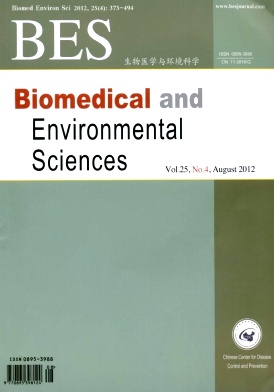An Evaluation of the Investment for Child Development in China
doi: 10.3967/0895-3988.2012.04.006
-
Key words:
- Child development /
- Public investment in health /
- Public investment in education /
- Private investment
Abstract: Objective This study estimated the investment in child development from three aspects-public health,public education,and family investment to establish the level of investment,to provide reference information for government decision making and to provide international comparisons.Methods Public investment in health was measured with macro data related to public health spending and child development in government expenditure.Public education investment was based on basic education data.Family investment evaluation was based on per capita family consumer spending data in different age groups to estimate the input for child development.Results Both public health investment level and the proportion of GDP rose for all age groups over time,but the overall investment level was still insufficient.Public investment in children's education has increased year by year,but the trends in all age groups are unbalanced with much lower investment in early childhood education.Private investment in children has increased over the period,but has declined as a percentage of GDP.International comparisons show that China's investment in child development is much lower than OECD countries.Conclusion The private investment in child development was the main way in China,with public finance contributing only a small proportion.Given the poor international comparisons,the government needs to review the balance of public investment to redirect more towards the development of children under the age of six to their health and education.
| Citation: | ZHENG Xiao Ying, CHEN Chun Ming, HUANG Cheng Li, Han You Li, QIU Yue, ZHANG Qian Deng, CHEN He. An Evaluation of the Investment for Child Development in China[J]. Biomedical and Environmental Sciences, 2012, 25(4): 413-420. doi: 10.3967/0895-3988.2012.04.006 |







 Quick Links
Quick Links
 DownLoad:
DownLoad: